Surviving the Tour, or: I Love Your Silly Faces
Tales of tour survival from actor Steven Burley….
Listen. I will tell you how we survive. I’ve done it for many years.
But, first: It’s windy in Peterborough. It’s the kind of wind that comes on strong, then suddenly dies, and in that moment of calm, before the next push, it’s like the trees whisper ‘holy foof’. We are on a hilltop next to our intended playing space. Many of the actors are hoisting iPhones to the heavens, as if refracting the sky through the lenses of their mini-cams will stave off our obvious doom. The cloudbank skimming towards us looks like an ink stain on Zeus’s palimpsest, or, simply, less pretentiously, an alien mothership. An invader from that awful Will Smith movie. I look around for Will Smith. He is nowhere to be found.
There will be no show tonight, the heavens are saying. No matter how electrifying your performances, or handsome your veteran actors. Regardless of the hours of labour it took for the crew to build your stage and hoist your lights and run your miles of cable. Also: nuts to the legions of patrons that usually flock (in the hundreds!) to this particular venue. Forget your 100% rain-or-shine guarantee, the heavens say. I am coming to kill you.
But I paraphrase.
Weather is one of the obvious, and most unforgiving, forces we fight when we tour.
But, then, truly—it has always been thus. Even when we didn’t really tour.
And there’s the rub!
Driftwood Theatre Group, today, is known as a touring company. In fact, it is one of the only touring theatre companies left in Ontario. (Cue: wood-knocking.) But in 1995, the year of its inception, Driftwood performed only 8 shows at 4 venues—Oshawa, Whitby, Bowmanville, and Port Perry. (More a weekly excursion than a tour.) Now, Driftwood travels to nearly thirty venues—between London in the west, St. Catharines in the south, Bobcaygeon in the north, and Kingston in the east.
So, here I am—twenty-one years from outbreak—nestled in a coffee shop in downtown Kingston, a few hours before show time, strewing my pearls of wisdom pell-mell about the blogosphere. To tell you about touring. And, most importantly: How. We. Survive.
Ominous, right? Bet you can’t stop scrolling now, can you? (Here’s a cute picture, just in case you can.)
First, a few logistical clarifications. We have a company van. We have a company bus. I drive the bus. It’s a sweet, sweet ride. Tricked out for both style (sexy art/logo on its sleek, forest-green exterior) and function (it houses costumes, concessions, and about 8 company members avec duffels. Also, the ‘Bard’s Bus’—hence, the tour moniker—when parked on site, becomes a change room. A ladies change room. Again, classy.
Now, an admission: I have a wee bit of road rage. It’s gotten milder with age, and is frequently quelled by the stuffed toy kitten in my cup holder. This is my Thera-Pussy. When the microcosm of social decay that is bad driving begins to rile me, TP takes it upon herself to screech at the offending motorists. It keeps me focused on my task, which is good driving. A survival tool not as much for me, but for people who can’t drive properly.
Over the years, we have endured both the grind of GTA traffic, and the miles between Orono and Lindsay with nary a Tim’s in site. Tips for survival here include: good confab, a compilation disc of reggae, the proper connecting cable to antiquated dashboards, so as to play your new-fangled devices, song circles, the latest Governor-General Award-winning novel, nap time, and Candy Crush. (This is in NO WAY a promotion for that application/game. It’s diabolical.)
Another way we survive the tour: CUTE TOWNS. Oh, my. Ontario is rife with them.
Many of our shows land in such unapologetically beautiful places as Westport, Bloomfield, and Port Perry. Places near water. Places with family-run coffee shops. Places with stores that go ‘tring-a-ling’ when you walk through the front door. These towns provide us a respite from the road, and the bustle of urbanity.
Which brings me to one of the main reasons I love traveling with Driftwood.
We are currently in that stretch of the tour (usually the second-to-last week), where we get SPOILED. Just spoiled rotten. It begins with The Luncheon. The Luncheon is an annual treat on the lawn of Colin & Kerry Taylor, two of the company’s staunchest supporters. Whether it is philanthropy or sheer madness, these two people host a mid-afternoon party (on their own property, mind) for our band of straggly babies. It is here that you can: eat, drink, swim, compete with stage management for the Bocce ball title, nap in the grass/hammock/bed of kittens, and generally experience a state wayyyy outside of melancholy. This Luncheon tends to take place before the Peterborough show. And when we aren’t rained out (see above), that show tends to hum with clear-eyed contentment. More wisdom: feed an artist, enhance an artform. (THIS PHRASE IS COPYRIGHTED. But spread the word.)
And then the tour heads east through Prince Edward County. Artistic Director, D. Jeremy Smith has a family cottage in Outlet, a fizzy little burp of a place outside Picton. This cottage becomes DTG’s HQ for most of the week, as we tour to outlying areas. And—as many former company members know—the cottage rules. (The ACTUAL cottage rule: DO WHAT YOU WANT. Ridiculous.)
I mention former company members here for a reason. Whether they (a) have moved on to other gigs, (b) are coincidentally homeless that same week, or (c) can’t take the words ‘you are FIRED’ as a reason not to attend, ex-Drifties tend to posse up and ride the tour’s coattails for a few days of DOING WHAT YOU WANT. Which usually includes: campfire karaoke, beach-bumming, wine touring, and all sorts of salad-eating. And, now that some of the company members have grown into adults and spawned progeny, there is an additional bonus: playing with babies. My phantom uterus goes BOOM.
Barbara and Howard Smith, my other parents and Jeremy’s actual parents, host and tolerate us for the week. Their generosity is immense. Another reason we survive the tour.
And now. Here I am. Thinking that there’s actually a boil of sentiment brewing beneath this cheeky survival memo. Penned not by the gristly survivalist I hinted at before, but rather the sap on Driftwood’s tree.
Here:
Survival on tour is ALWAYS an option. Despite the odds against it, when we caravan about twenty people thousands of kilometres through columns of tornadoes, fatigued and hungry and missing home, we always survive. We survive because we all become, and reunite with, family. That’s why I’ve been around all these damn years. Family. Smiles new and old. A growing narrative of people and places.
Plus, the shows we do are good. Real good. So come see us. You have another week.
xo,
Steven




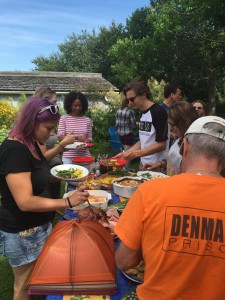
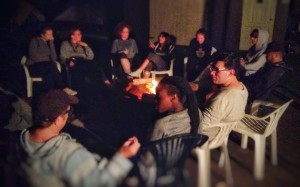


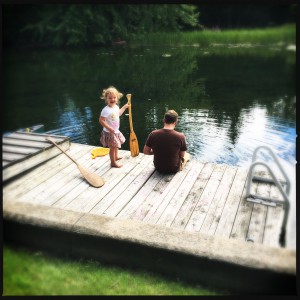

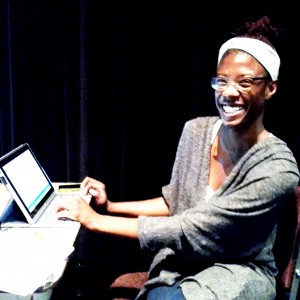
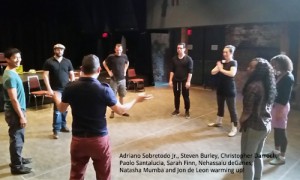
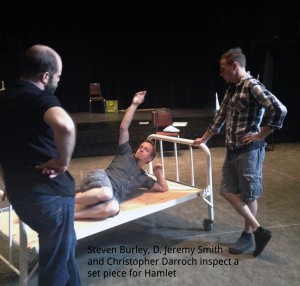
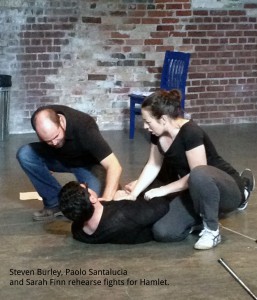
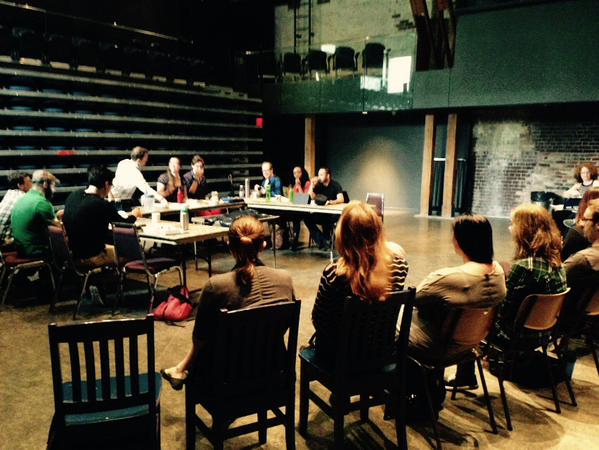
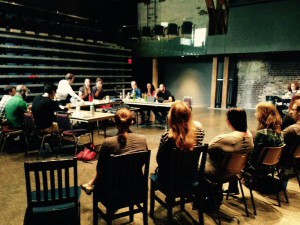

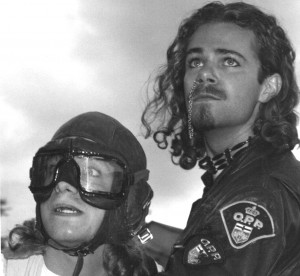
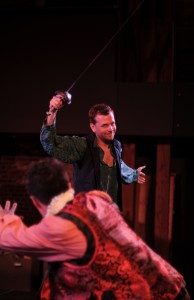

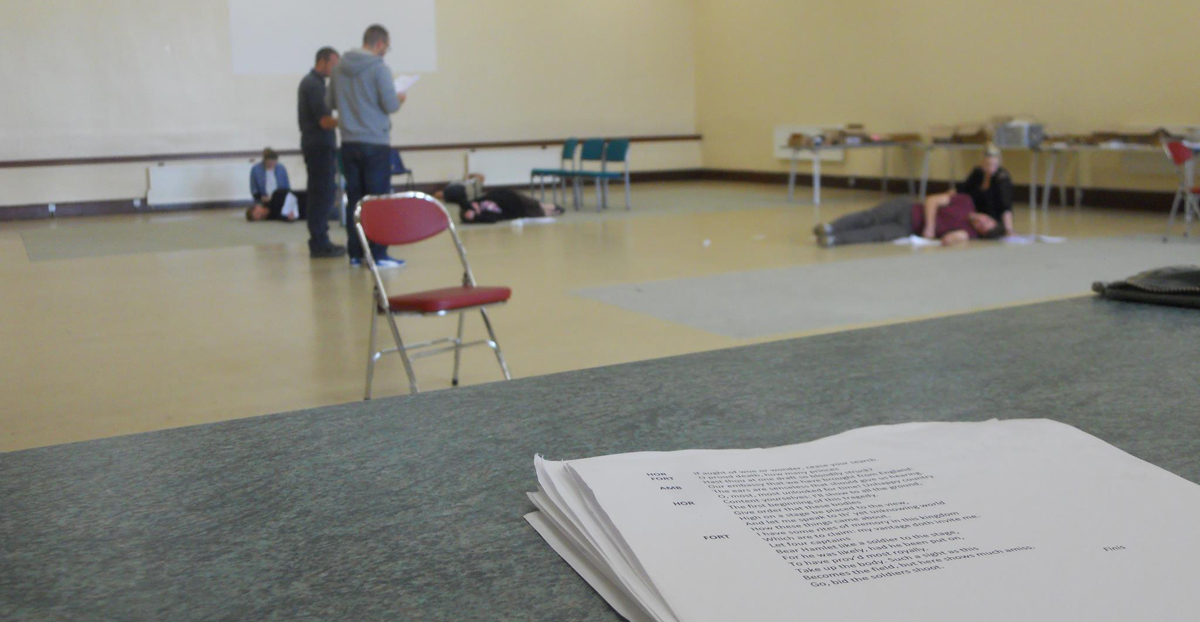
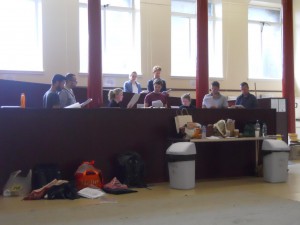
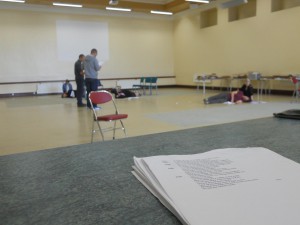
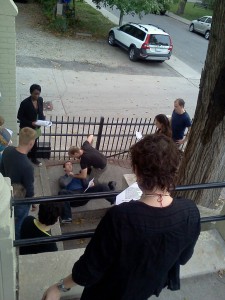

 We value your privacy. Driftwood Theatre will never share your information.
We value your privacy. Driftwood Theatre will never share your information.